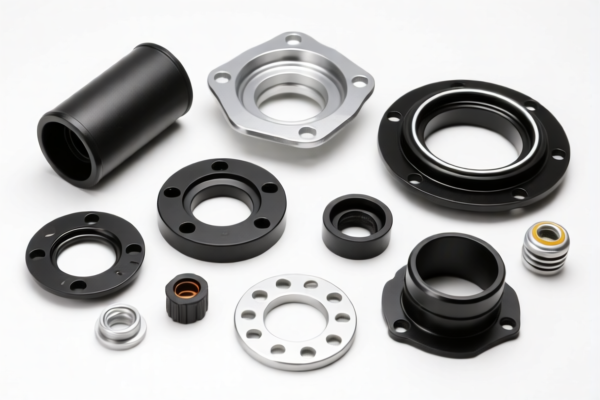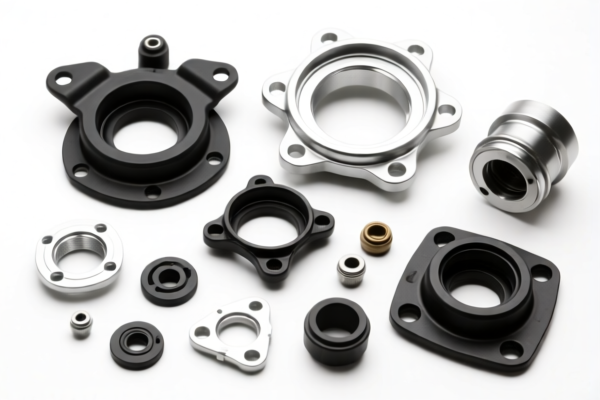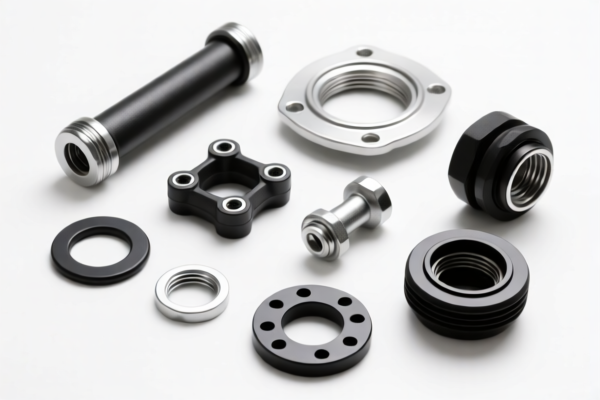| HS Code | Official Doc | Tariff Rate | Origin | Destination | Effective Date |
|---|---|---|---|---|---|
| 8537106000 | Doc | 57.7% | CN | US | 2025-05-12 |
| 8537109160 | Doc | 57.7% | CN | US | 2025-05-12 |
| 8535904000 | Doc | 57.7% | CN | US | 2025-05-12 |
| 8535908060 | Doc | 57.7% | CN | US | 2025-05-12 |
| 8538906000 | Doc | 58.5% | CN | US | 2025-05-12 |
| 8538903000 | Doc | 58.5% | CN | US | 2025-05-12 |
| 8543708000 | Doc | 55.0% | CN | US | 2025-05-12 |
| 8543709860 | Doc | 57.6% | CN | US | 2025-05-12 |
| 8310000000 | Doc | 55.0% | CN | US | 2025-05-12 |




Solar Controller
A solar controller, also known as a charge controller, is a vital component in solar power systems. It manages the power that flows from solar panels to batteries and the load (devices powered by the system), preventing overcharging of batteries and maximizing the efficiency of the entire system.
Material
Solar controllers are typically constructed using a combination of electronic components housed within a protective casing. Common materials include:
- Circuit Boards: Fiberglass or similar insulating material with copper traces.
- Semiconductors: Silicon-based components (diodes, transistors, microcontrollers) for regulating voltage and current.
- Heat Sinks: Aluminum or other thermally conductive materials to dissipate heat generated by the components.
- Casing: Plastic or metal (often aluminum) for protection from the environment.
- Wiring Terminals: Copper or brass for secure electrical connections.
Purpose
The primary purposes of a solar controller are:
- Battery Protection: Prevents overcharging, which can damage batteries and reduce their lifespan. Also prevents deep discharging, which can also harm batteries.
- Maximize Efficiency: Optimizes the energy transfer from the solar panels to the batteries, ensuring the system operates at peak performance.
- Load Control: Some controllers offer features to protect loads from undervoltage or overvoltage conditions.
- System Monitoring: Many controllers provide information on battery voltage, current flow, and system status.
Function
Solar controllers function by regulating the voltage and current flowing from the solar panels to the batteries. They employ various charging algorithms to optimize the charging process based on battery type and environmental conditions. Key functions include:
- Voltage Regulation: Adjusts the voltage from the solar panels to match the battery's charging requirements.
- Current Limiting: Controls the amount of current flowing to the batteries, preventing overload.
- Charging Algorithms: Implements different charging methods (e.g., PWM, MPPT) to optimize battery charging.
- Load Management: Provides protection for connected loads.
- Data Logging/Display: Some controllers record system performance data and display it to the user.
Usage Scenarios
Solar controllers are used in a wide range of applications, including:
- Off-Grid Solar Systems: Used in remote locations where grid power is unavailable, such as cabins, boats, and RVs.
- Grid-Tied Solar Systems: Used in conjunction with inverters to feed excess power back into the grid. (Often integrated into inverter systems)
- Solar Street Lights: Manage the power flow to batteries and LEDs in street lighting applications.
- Solar Water Pumping Systems: Control the power flow to pumps used for irrigation or water supply.
- Small-Scale Power Systems: Used for powering electronic devices, lighting, and other small loads.
Common Types
There are two main types of solar controllers:
- PWM (Pulse Width Modulation) Controllers:
- How it Works: PWM controllers connect the solar panel directly to the battery, modulating the width of the voltage pulse to control the charging process.
- Advantages: Simpler design, lower cost, suitable for smaller systems.
- Disadvantages: Less efficient than MPPT controllers, especially in colder temperatures or when panel voltage significantly exceeds battery voltage.
- MPPT (Maximum Power Point Tracking) Controllers:
- How it Works: MPPT controllers constantly adjust the voltage and current to extract the maximum power from the solar panels, regardless of temperature or panel voltage.
- Advantages: Higher efficiency, especially in colder temperatures or when panel voltage significantly exceeds battery voltage, more suitable for larger systems.
- Disadvantages: More complex design, higher cost.
In addition to these main types, controllers can be further categorized by:
- Voltage: 12V, 24V, 48V, etc.
- Current Rating: The maximum current the controller can handle.
- Features: Display type, data logging capabilities, remote monitoring options.
Based on the provided information, “solar controller” can be classified under the following HS codes:
-
8537106000: This HS code covers boards, panels, consoles, desks, cabinets and other bases equipped with two or more apparatus of heading 8535 or 8536, for electric control or the distribution of electricity, including those incorporating instruments or apparatus of chapter 90, and numerical control apparatus, other than switching apparatus of heading 8517. Specifically, it applies to those for a voltage not exceeding 1,000 V, namely Motor control centers.
- Chapter 85: Electrical machinery and equipment.
- Heading 8537: Control apparatus; distribution panels; switchgear and control or distribution boards.
- Subheading 853710: For a voltage not exceeding 1,000 V.
- 85371060: Motor control centers.
-
8537109160: This HS code also covers boards, panels, consoles, desks, cabinets and other bases equipped with two or more apparatus of heading 8535 or 8536, for electric control or the distribution of electricity, including those incorporating instruments or apparatus of chapter 90, and numerical control apparatus, other than switching apparatus of heading 8517. Specifically, it applies to those for a voltage not exceeding 1,000 V, namely Other: Other Other: Programmable controllers.
- Chapter 85: Electrical machinery and equipment.
- Heading 8537: Control apparatus; distribution panels; switchgear and control or distribution boards.
- Subheading 853710: For a voltage not exceeding 1,000 V.
- 8537109160: Other: Other Other: Programmable controllers.
The applicable tariff for both HS codes is a basic tariff of 2.7%, an additional tariff of 25.0%, and an additional tariff of 30.0% after April 2, 2025, resulting in a total tariff of 57.7%.
Customer Reviews
No reviews yet.